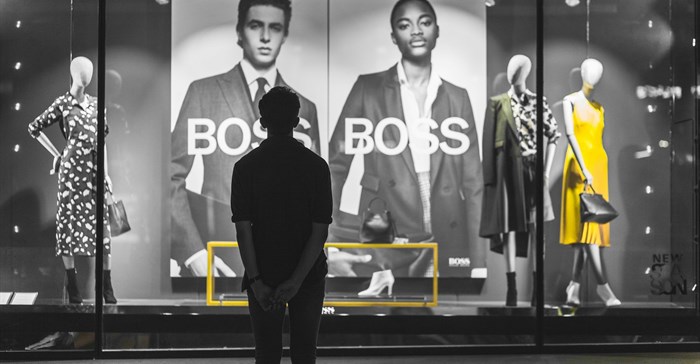If you work in the marketing field, whether it's advertising or media, you're probably familiar with the trends and concepts that always generate excitement each year.

In 2020, unprecedented times forced people to stay at home and everyone talked about moving everything online as soon as possible, from meetings to shopping and even dinner dates.
Last year, “artificial intelligence” (AI) was on everyone's radar (and to be fair, this year is no different).
And even though it's only the first half of 2024, if you work anywhere in marketing or media, you've no doubt heard the buzz in your agency hallways. The time has come for the great rise of retail media.
Retail media, as the name suggests, involves promoting products and services to people while shopping.
Its growing popularity is no big surprise. It makes sense to target consumers when they already have purchase intent and are fairly close to the checkout counter or checkout cart.
In fact, Group M predicts that the retail media market will expand by 25% this year alone and exceed television revenue within four years.
Online and offline retail media
Retail media comes in many different formats.
The one you hear about most often these days is Retail Media Network (RMN). RMN is essentially an advertising platform within a network of retailers.
For example, when an advertiser directs ad spend on Takealot's product keywords, they are using a retail media network (as opposed to general search advertising through Google, for example).
In a digital out-of-home (DOOH) world, the definition of retail media includes, for example, digital screens near or within a store that promote brands available within the same store.
Combine DOOH with RMN to great effect.
Using both together, brands can create engaging stories that target consumers at different touchpoints throughout the day. Once viewers are primed with her DOOH, other digital advertising channels become more effective, which in turn increases direct viewer action.
Globally, combining DOOH increases paid searches by 31%, and combining DOOH and mobile increases average time spent viewing ads by 52%, creating an incredible omnichannel opportunity.
Location-based media enters chat
There are clear similarities between retail media's OOH capabilities and OOH location-based advertising in that they take advantage of the proximity of consumers and retailers.
However, location-based media involves delivering targeted advertising messages to consumers based on their physical location, which is not limited to retail environments but also includes locations such as airports, public transportation, and other outdoor spaces. One important starting point is that distribution is part of location-based media.
Retail media aims to capture the attention of already shop-oriented consumers and influence their purchasing decisions by promoting products and services available in nearby stores, but location-based media aims to reach consumers in strategic locations where they are more receptive. for advertising messages.
The advantage of location-based or location-based advertising is that it has been proven to increase audience response to advertising campaigns. Achieving the sweet spot of relevant moments and relevant content increases spontaneous brand awareness by an average of 17% and increases sales by up to 16%.
Digilight: Where retail and place-based media converge
Digilight benefits both retail and place-based media, making it a true “action” medium.
These give advertisers the ability to target consumers with a buying mindset and drive convenience retail purchases, as well as open to receiving messages ranging from lifestyle, travel, autos, insurance, and more. You can engage with consumers.
A further advantage of Digilites is their long residence time (considering the average time spent in the forecourt is 15 minutes, allowing for multiple engagement opportunities) and their very local nature, allowing for accurate This allows for targeting and driving according to the situation. Creativity related to location.
As the conversation around retail media dominates the advertising industry, it would be wise to explore opportunities to combine these benefits with those offered by location-based media.
Together, they create a contextually relevant platform that increases brand awareness, targets specific and attractive audiences, effectively promotes products and services, and drives sales through a powerful omnichannel approach. High strategic opportunities are provided.




